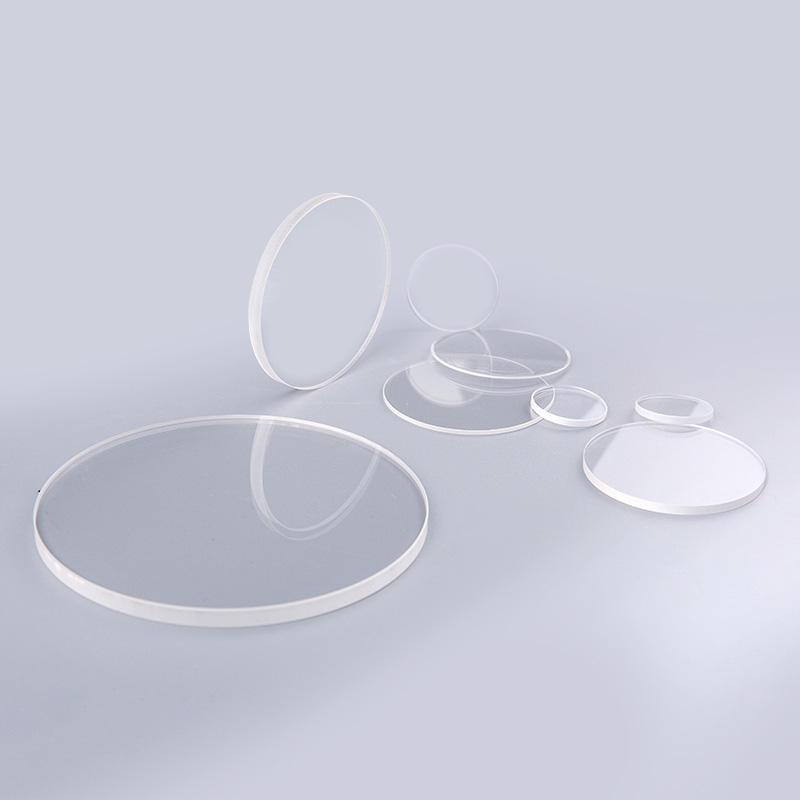In the realm of high-precision instrumentation and advanced optics, the optical flat mirror stands as a silent cornerstone. Often overlooked by the casual observer, these engineered surfaces play a critical role across a spectrum of scientific, industrial, and technological domains. Their utility is subtle, yet profound—supporting everything from laser calibration to metrology.
At its essence, an optical flat mirror is not just a highly polished surface. It is a rigorously crafted plane with a flatness so exact that it deviates by no more than a fraction of a wavelength of light. This meticulous level of precision transforms what might appear to be a simple pane of glass into a diagnostic tool capable of resolving discrepancies at the nanometer scale.
What Makes an Optical Flat “Flat”?
True flatness is a rare and valuable attribute. In optical terms, it is typically measured in fractions of a wavelength of light—commonly using a helium-neon laser with a wavelength of 632.8 nanometers as a reference. A mirror rated at λ/20, for instance, varies in flatness by no more than 31.6 nanometers across its entire surface.
To achieve such dimensional fidelity, manufacturers deploy advanced fabrication techniques. These include double-sided polishing, interferometric testing, and sometimes ion-beam figuring—methods reserved for components where perfection is not a luxury but a prerequisite. Materials commonly used include fused silica, Zerodur®, and optical-grade glass—all chosen for their thermal stability and resistance to deformation.

Applications That Rely on Uncompromising Flatness
The scope of applications for optical flat mirrors is both broad and vital. In metrology, they serve as reference standards, enabling technicians to test the flatness of other surfaces using techniques such as monochromatic light interferometry. This process involves placing the optical flat on top of a test surface and examining the interference fringes produced by light reflections. The pattern of these fringes reveals surface deviations with remarkable clarity.
In laser systems, flat mirrors are integral to beam steering, alignment, and cavity design. A single imperfection in a mirror can distort the beam profile, compromising performance in critical applications such as semiconductor lithography or medical imaging.
Engineers also depend on these precision components when building optical assemblies for and telescopes. In such environments, where mechanical stress and thermal fluctuations are common, only materials with exceptional dimensional integrity are suitable.
Beyond Reflection: The Symbol of Reliability
The optical flat mirror is more than just a reflection tool—it is a statement of engineering prowess. Its presence in a laboratory or production facility signifies a commitment to exactitude and a refusal to compromise on quality. Whether supporting the calibration of a high-powered laser or verifying the tolerances of machined components, it does so with unerring consistency.
Moreover, as the frontiers of science and technology continue to expand—driven by fields like quantum computing, nanofabrication, and astrophysics—the demand for hyper-accurate optical instruments will only grow. The optical flat mirror, humble yet indispensable, will remain at the heart of these innovations.
In a world that increasingly relies on precision, the optical flat mirror is a paragon of perfection. Crafted with an almost monastic dedication to detail, it empowers engineers, scientists, and researchers to explore, innovate, and measure with unshakeable confidence. Not just a mirror, but a benchmark—optical flats are where accuracy meets artistry.

 English
English 日本語
日本語 русский
русский Español
Español Deutsch
Deutsch 中文简体
中文简体










 苏公网安备32041102000130号
苏公网安备32041102000130号